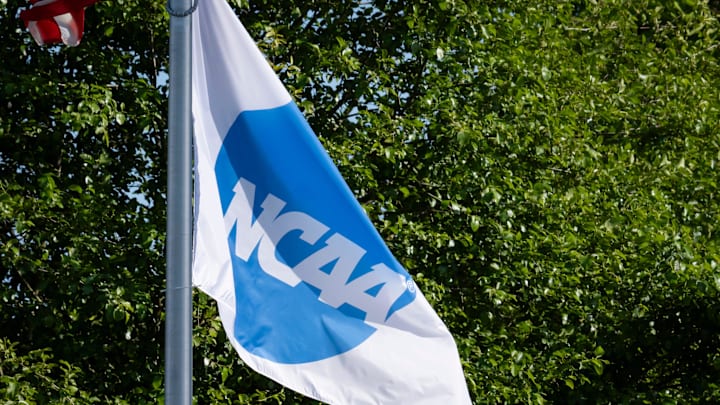Judge Claudia Wilken has approved the $2.8 billion settlement in the House v. NCAA lawsuit. As the landscape of college athletics has completely shifted, schools can now pay their athletes directly.
The decision was made before the initial July 1 deadline when schools planned to begin paying their athletes.
The two sides presented their arguments in April, but Judge Wilken refused to approve the settlement because multiple athletes objected to the roster limits that would be imposed.
On Friday night, Judge Wilken approved the settlement, shifting the landscape of college sports and how we few college athletes. The case has been ongoing since 2021, and here are some important notes and details.
History of the House v. NCAA case
Prior to 2021, college athletes were always considered "amateurs," and NCAA rules prevented athletes from being paid beyond the scholarships and tuition costs.
In 2020, nearly 400,000 current and former college athletes brought a lawsuit against the NCAA and the five power conferences, arguing they should be compensated for using their name, image, and likeness.
In June 2021, the Supreme Court ruled against the NCAA and clearly stated that college athletics should be viewed as a lucrative entertainment industry. The ruling paved the way for athletes to be paid through Name, Image, and Likeness (NIL) contracts.
Over the past few years, the case ballooned into three separate federal antitrust lawsuits, each claiming the NCAA intentionally limited college athletes' earning power. Judge Claudia Wilken's approval effectively ended the three lawsuits but it does not halt future legal challenges.
Details of the approved settlement
After Judge Wilken approved the settlement, it opened the door for colleges to pay their athletes directly through a revenue-sharing process.
Schools will be operating with roughly a $20.5 million rev-share salary cap in Year 1. For football, that's expected to be $13 to $16 million.
— Pete Nakos (@PeteNakos_) June 7, 2025
Schools hope to circumvent that with NIL payments, which will have to be put through the NIL Go clearinghouse. Expect lawsuits.… https://t.co/aNV6udOuCK
The initial salary cap for the 2025-2026 season is $20.5 million, and On3 Sports' Pete Nakos reports that football will receive the bulk of the money, at around 13 to 16 million. The salary cap is expected to rise continuously throughout the decade-long contract.
The NCAA will also pay 2.8 billion in back payments over the next ten years to former athletes who competed from 2016 to the present.
Athletes can continue making money through NIL deals, but there is a new approval process for those deals. The settlement established a third-party clearinghouse to review licensing agreements for "fair market value."
The settlement also allows schools to create rules to limit the influence of boosters and NIL collectives.
Once athletes are grandfathered into the new system, rosters limits are also set to take place.
Notable roster limits set to be imposed once athletes are grandfathered in: Football (105), men’s and women’s basketball (15), baseball (34), men’s and women’s soccer (28), softball (25) and volleyball (18).https://t.co/nZBO1v3ZgN https://t.co/aNV6udOuCK
— Pete Nakos (@PeteNakos_) June 7, 2025
What this means for schools and athletes
While the settlement ended the three federal antitrust lawsuits, it does not stop the potential of future lawsuits.
Colleges also doubt that the imposed limits on booster and collective spending will be effective, so the power conferences created a new enforcement group. The enforcement group is called the "College Sports Commission," which will monitor payments from schools and boosters.
The power conferences hope this new commission, led by former MLB executive Brian Seeley, will be more effective than the NCAA in cracking down on payments made to athletes.
The landmark settlement changes the landscape of college athletics and will continue to evolve as the years progress.
